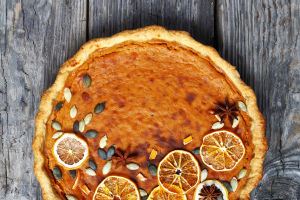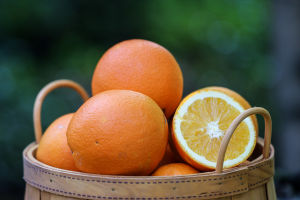This fruit has lumps on the outside, but it is very delicate and tender on the inside. It is the best fruit in the world! The custard apple is also one of the most nutritious fruits and has won the BBC's second food award in the world.
How to choose custard apple?
If the custard apple is bright green, and if pressed hard, it is still hard, indicating that the fruit is not fully ripe and the taste is very sour.
If it is a little soft when pressed, the shell is light green or even a little yellow, and there are traces of trauma, it is a mature fruit and you can choose to eat it.
When picking custard apples, we measure the fruits of similar size with our hands. The lighter the quality, the stronger the fruit and the stronger the mouthfeel.
How to eat custard apple?
Eat directly: If the custard apple you bought is boiled, you can directly peel off the skin and eat it directly with a spoon.
Juicing: We can juice custard apples to eat, but remove the peel and core before juicing. It can be mixed with apples when making juice, it will taste better.
Growth habit.
Illumination.
The custard apple is light-resistant and shade-tolerant, with sufficient light, the plant grows robustly, and the leaves are hypertrophic. Increasing light during fruit development can improve fruit quality.
Temperature.
Custards require a warm climate and proper precipitation, and are not resistant to frost and cold weather.
The optimum growth temperature of common custard apple is 25-32°C on average, the average minimum is 15-25°C, and the optimum average temperature for fruit ripening is 25-30°C.
Moisture.
Sweet apples are more sensitive to water, and too much or too little water is not conducive to plant growth. The growth of custard apple was affected by short-term floods, resulting in fewer leaves and fewer flowers.
Irrigation or rainfall is important for flowering and early fruit set. Excessive lack of water during this period can lead to flower drop.
Soil.
The custard tree is very adaptable to a variety of soils. It can grow on sandy to clay loam soils. But to obtain high and stable yield, sandy soil or sandy loam soil is better.
Due to the sticky soil, poor drainage can affect flowering and fruit set. Loose, sandy loam soils do not have these disadvantages, and growth is easily controlled through fertilization and irrigation.
You can choose custard apples that are not very ripe, but don't choose too raw, and they won't be very delicious if they become soft after a long time.
It is important to note that ripe and soft custard apples can be kept in the refrigerator, but unripe green peels cannot be stored in the refrigerator.


